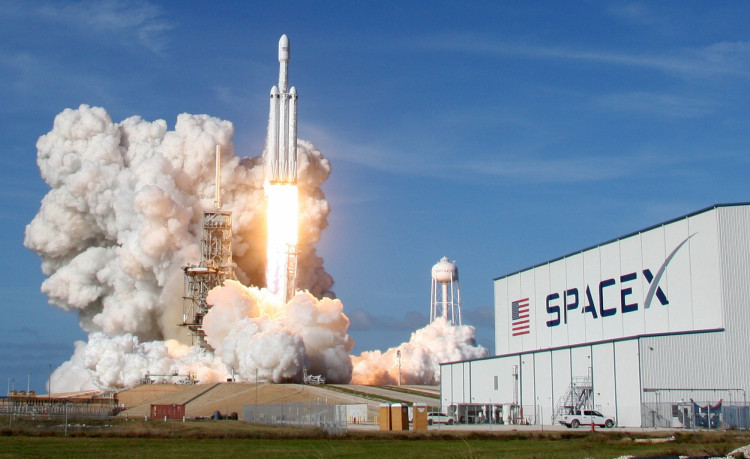NASA and SpaceX are set to fly a resupply mission to the International Space Station, which includes more than 5,800 pounds of equipment and scientific studies, after a little over a month of delays.
Engineers identified a potential leak in the Dragon's propulsion system, delaying the mission's launch, which was originally slated for June 10.
NASA stated that the issue, which generated higher mono-methyl hydrazine vapor readings, was caused by a "valve inlet joint" in the Draco engines. This connection was replaced prior to this expedition.
The leak was a rare setback for SpaceX's Dragon capsule program, which has successfully completed a number of missions transporting passengers and cargo to the International Space Station without incident.
This mission is a part of the Commercial Resupply Services-2 (CRS-2) contract SpaceX signed with NASA in 2016. Under its previous CRS contract with NASA, SpaceX completed 20 missions and was compensated around $3.04 billion, or $152 million per mission.
The Dragon capsule on this trip has previously visited the ISS twice.
The cargo shipment contains a new NASA project titled Earth Surface Mineral Dust Source Investigation to track climate change (EMIT).
Mineral dust is produced by the planet's arid regions, and it has a significant impact on practically every element of our planet's ecology.
This dust, when ejected into the atmosphere, can absorb and reflect sunlight, so heating or cooling the globe; it can speed snow melting and cause algal blooms in the ocean.
As a result, it is essential to comprehend how dust and the dust cycle interact with the globe, yet scientists lack a reliable method for measuring it.
During a media briefing, Dr. Robert Green of NASA explained, "Currently, the dust cycle is bound by only 5,000 measurements of mineral samples for the entire globe." Once EMIT is operational, it will utilize spectroscopy to make over a billion observations.
He said There are "substantial error bars" and once they have this information, they will be able to run these models 1,500 years into the future to observe how things may alter under various climate scenarios.
EMIT will fill the knowledge gap about the types of surface minerals that are released into the atmosphere.





